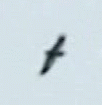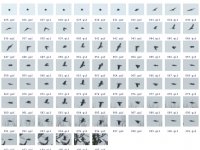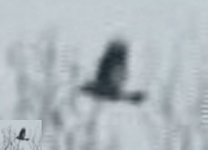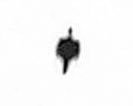Dave, I like what you've done to make the Nov 3 clip 1 images easier to view. My concern is that the white goes all the way to the wingtips. Perhaps Mike has decided it can't be an IBWO; I'm not seeing this particular clip now that he's moved the clips to a separate page.
Can you also make the Nov 5 video easier for us to view? Without a distance reference, I don't think there is any realism to estimating wing length from the video, which Mike implies he'd like to do. The white patches look great, but Red-headed Woodpecker needs to be ruled out. It's difficult to make out whether white is present or absent on the belly (difficult angle); on my screen, the belly appears to be lighter in color than the tail. A juvenile Red-headed would have less contrast between the belly and dark portions of the wings;
here is a nice image to consider. As emupilot pointed out at Cyberthrush's blog,
here, the extent of white on the wings might be helpful (but not conclusive for me). Cyberthrush thinks some white on the rump might be visible, but I suspect contrast on the belly would be easier to decipher. Body proportions and flight jizz could be useful, too (but beyond me). Seems to me this bird can be identified. Will be interesting to learn what folks think.
Bill Pulliam has already weighed in at his blog,
here, expressing cautious uncertainty at this point.
Great effort, Mike!











